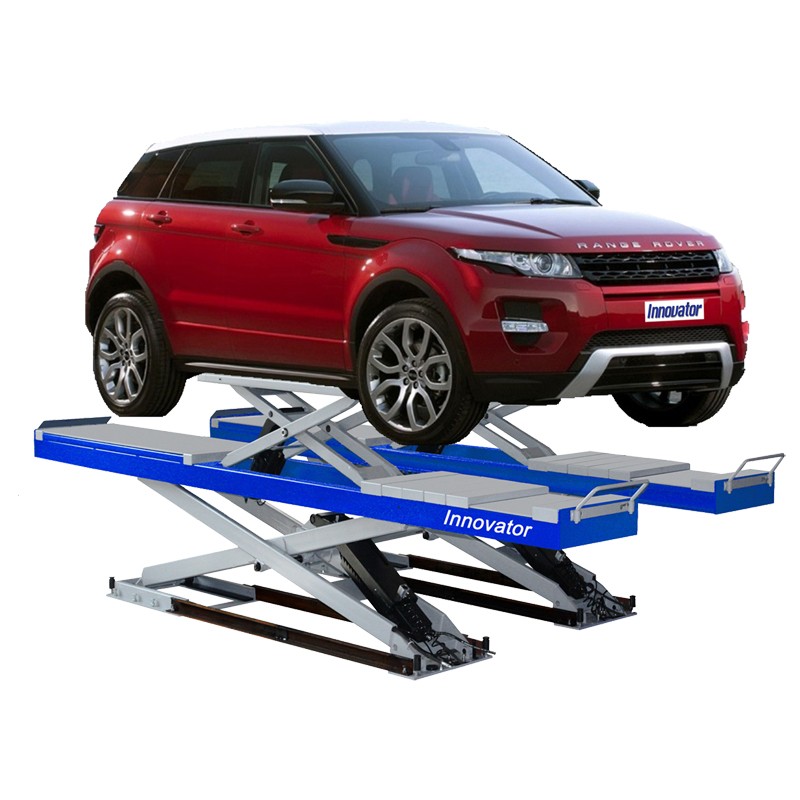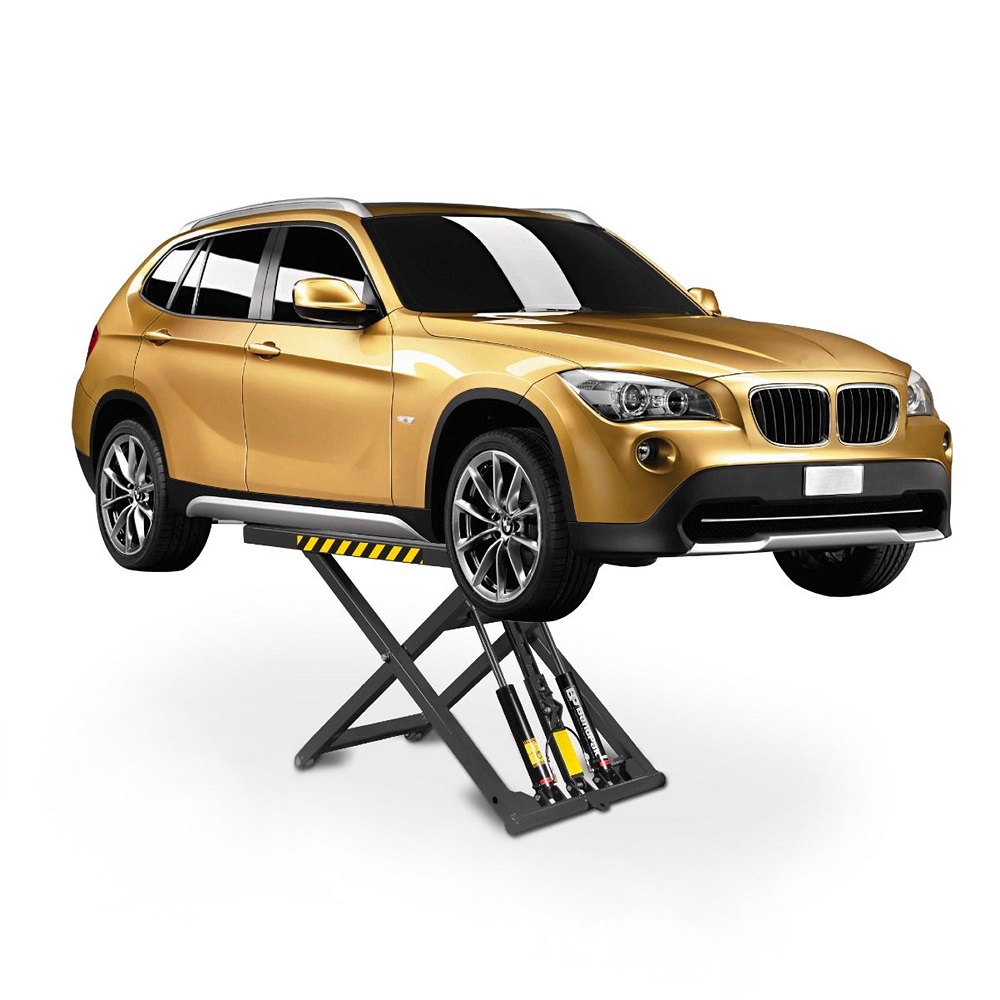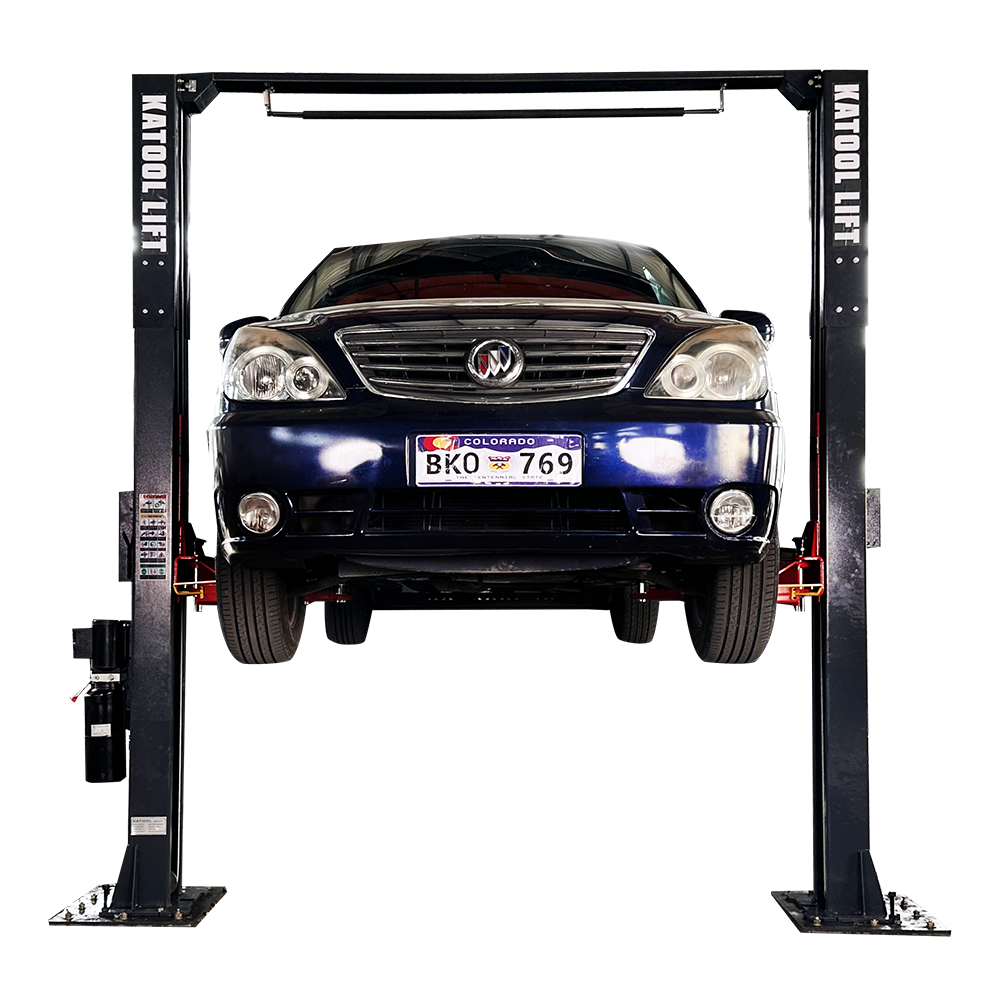Car lifts are essential tools in automotive service and repair, providing the necessary elevation to work underneath a vehicle safely. They come in various types and designs, including two-post lifts, four-post lifts, and scissor lifts. While car lifts offer significant convenience, they also pose safety risks if not used and maintained correctly. Understanding how to operate and maintain your car lift properly is vital for preventing accidents and ensuring longevity. This article offers essential safety tips for operating and maintaining your car lift equipment effectively.
Understanding the Basics of Your Car Lift
Types of Car Lifts
Before using a car lift, it is important to know the different types available. The most common types include two-post lifts, four-post lifts, scissor lifts, and portable lifts. Two-post lifts use vertical arms to raise the vehicle, making them popular in auto shops for their versatility. Four-post lifts have a stable platform with four support columns, providing excellent stability and easier access to the vehicle. Scissor lifts are typically more compact, with a folding mechanism that raises the car straight up. Portable lifts offer mobility and convenience, suitable for home mechanics.
Each lift type has its advantages and limitations. You should understand the capabilities of your specific lift model to ensure safe operation. Familiarizing yourself with its essential components, such as the hydraulic system, safety locks, and lifting arms, is vital for safe usage.
Maximum Capacity and Maintenance
Every car lift has a specified maximum weight capacity. Exceeding this limit can compromise safety and damage the lift. Before lifting a vehicle, always check the weight specifications of the lift and the vehicle you intend to lift. Knowing the weight of the vehicle can save you from accidents or equipment failure.
Regular maintenance of the car lift is equally essential. This includes checking hydraulic fluid levels, inspecting cables and hoses, and ensuring that all bolts and connections are secure. A well-maintained lift operates more efficiently and safely, providing peace of mind during use.

Pre-Operational Checks: Safety First
Inspecting the Lift
Before using a car lift, conduct a thorough inspection. Check for visible signs of wear or damage, such as cracks in the lifting arms, rust on the frame, or leaks in the hydraulic system. Inspect the safety locks to ensure they engage properly when the lift is raised.
Make it a routine practice to check all components for functionality. This proactive approach helps identify potential issues before they become a safety hazard. If any issues are found, do not use the lift until the necessary repairs or replacements are made.
Preparing the Work Area
Creating a safe work environment is crucial for effective operations. Ensure that the area around the lift is clear of clutter and hazards. Remove any tools, debris, or potential tripping hazards that could cause accidents during lifting or servicing the vehicle.
Additionally, keep the area well-lit to ensure visibility while working underneath the car. Proper lighting helps you see what you are doing and reduces the risk of accidents or injuries. Ensuring a clean and organized workspace contributes to a safer and more efficient operation.

Proper Loading Techniques
Centering the Load
When preparing to lift a vehicle, proper loading techniques are essential for safety. Begin by positioning the vehicle correctly on the lift. Ensure that the vehicle is centered between the lift arms for balanced support. An unbalanced load can lead to instability and increased risk of accidents.
Take a moment to adjust the position of the vehicle if necessary. Proper alignment guarantees that the lift operates effectively and reduces the risks associated with improper loading. If you’re utilizing a four-post lift, ensure the vehicle is equipped properly on the lift platform, distributing its weight evenly.
Engaging Safety Locks
Once the vehicle is positioned correctly, engage the safety locks before raising it. Safety locks are designed to prevent the lift from falling if there is a hydraulic failure. Familiarize yourself with how they operate and verify they engage properly after raising the vehicle to its desired height. This crucial step protects both the operator and the vehicle during repairs.
Always double-check that all safety measures are in place before beginning any work. Never underestimate the importance of engaging safety locks and reinforcing safety protocols, as these are vital to preventing accidents.

Operating the Car Lift Safely
Training and Experience
Proper training is essential for anyone operating a car lift. Make sure that all operators understand the lift’s features and how to use it safely. This includes knowing how to control the lift’s movements, recognizing hazards, and following safety protocols.
Consider providing training sessions for employees or those who will operate the lift regularly. Even experienced operators should participate in refresher courses to maintain their knowledge of safety procedures. Making safety awareness a priority promotes a culture of responsibility in the workspace.
Staying Attentive During Operation
During operation, always remain attentive to the lift and the vehicle. Ensure there are no bystanders underneath the lift while it is in motion. Designate clear areas for people to stand, and communicate with all personnel nearby about the ongoing operation. Establishing a safety perimeter keeps everyone clear of potential hazards.
Keep distractions to a minimum while the lift is in operation. Avoid using mobile phones or engaging in conversations that could divert attention from monitoring the lift and the vehicle. Staying focused ensures that you can react promptly to any unexpected situations.

Post-Operation Procedures
Lowering the Vehicle Safely
When the work is complete, carefully lower the vehicle. Before you initiate the lowering process, ensure that everyone is clear of the lift and the vehicle. Keep bystanders at a safe distance while the lift is being lowered.
Always lower the vehicle slowly and check that it lands evenly on all four wheels. Waiting until the lift is completely lowered before allowing individuals to approach the vehicle is essential. This practice prevents accidents and ensures that everyone remains safe during the post-operation phase.
Cleaning and Storing Equipment
After using the car lift, take time to clean the work area and store tools properly. Remove any debris, grease, or oil that may have accumulated during the job. Keeping the area tidy enhances both safety and efficiency for future operations.
Additionally, verify that the car lift is in good working condition after each use. Check for any signs of wear or damage that may need to be addressed. Proper care and storage extend the life of the equipment and ensure it is ready for the next use.

Routine Maintenance and Inspections
Scheduled Maintenance Checks
Regular maintenance is critical for keeping your car lift in optimal condition. Schedule routine inspections to identify any potential issues early on. Maintenance tasks should include checking hydraulic systems for leaks, lubricating moving parts, and ensuring that safety mechanisms are functioning correctly.
Develop a maintenance log to track inspections, repairs, and any parts that may need replacement. This documentation provides valuable insights into the lift’s performance and helps identify patterns regarding maintenance needs. Keeping a detailed log can also enhance the longevity of the lift.
Professional Servicing
In addition to scheduled inspections, consider professional servicing for your car lift. Certified technicians can provide deeper insights into potential issues and perform necessary repairs or replacements. Professional servicing ensures that the lift remains compliant with safety standards and regulations.
Searching for a reputable service provider who specializes in automotive lift maintenance is crucial. Technicians with expertise in car lifts understand the intricacies of lift mechanisms and can help keep your equipment running smoothly.
Prioritizing Safety Above All
In conclusion, operating and maintaining a car lift comes with responsibilities that need to be taken seriously. Understanding the basics of the lift, performing thorough inspections, practicing proper loading techniques, and following safe operating procedures are keys to preventing accidents. Maintaining awareness of surroundings and engaging in post-operation procedures also contribute to safety in the workspace.
Adhering to routine maintenance schedules and documenting any inspections plays a significant role in the longevity of your equipment. Recognizing the importance of professional servicing empowers you to take the necessary steps towards not only keeping your lift operational but also ensuring that it remains safe for use.
Remember, safety should always be the top priority when working with car lifts. Whether you are a professional mechanic or a DIY enthusiast, following these essential safety tips will enhance your experience and help create a safer working environment. By prioritizing safety, you can enjoy the convenience of a car lift while reducing risks and enjoying peace of mind during operations.

Leave a Reply